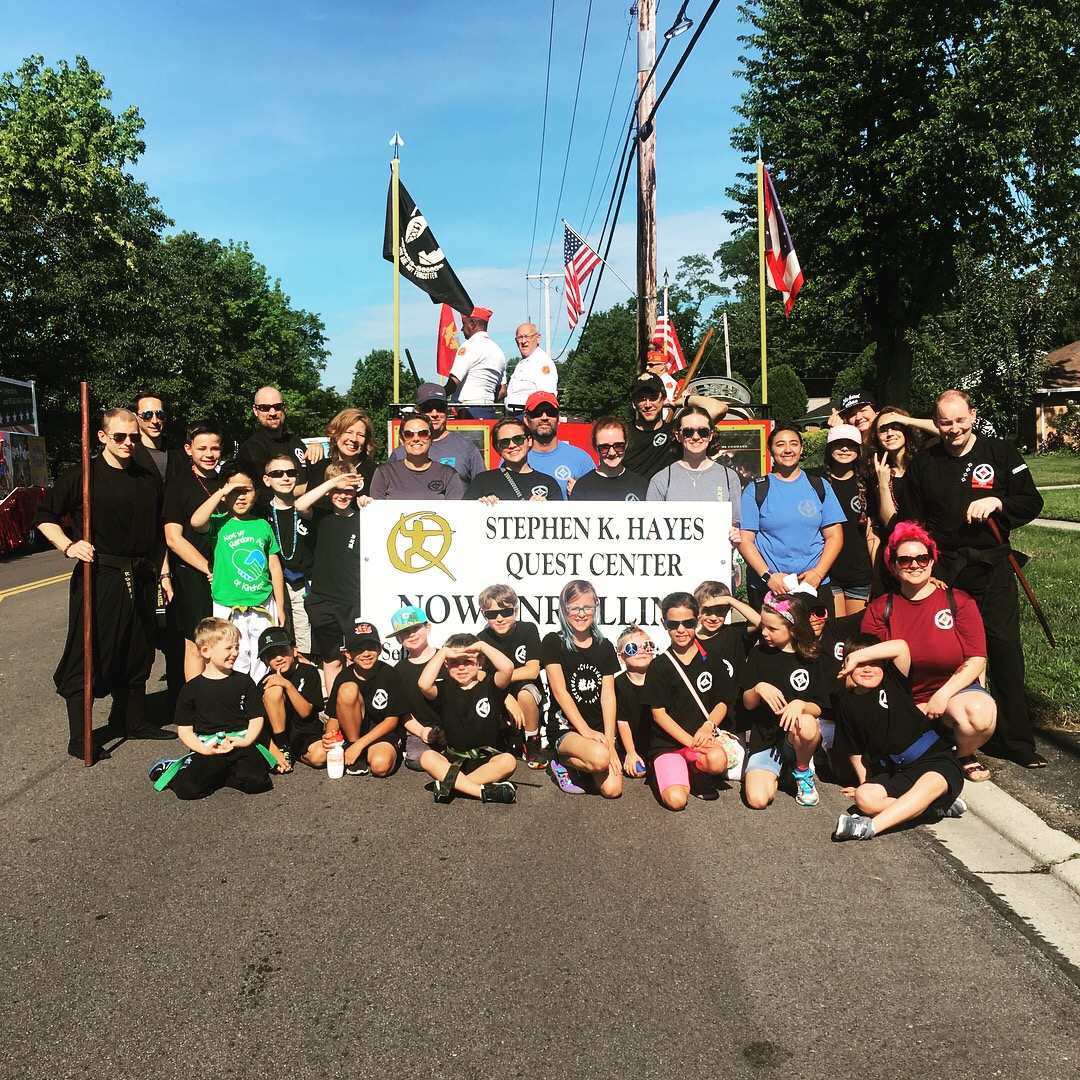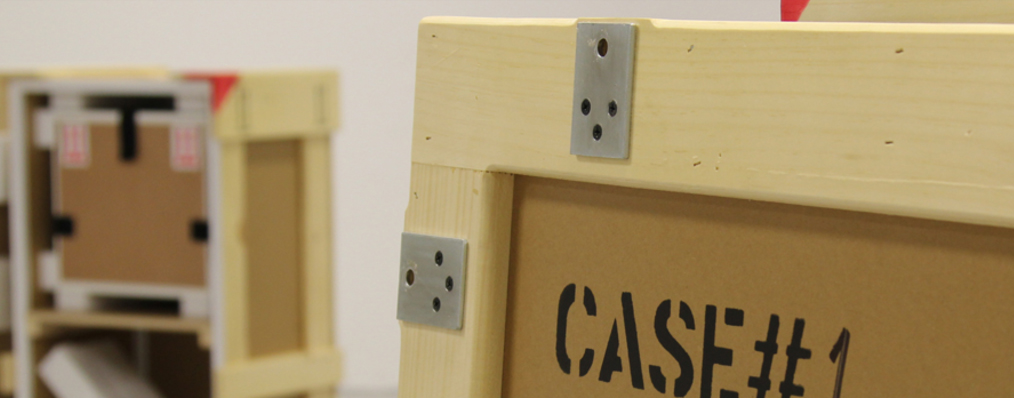The Glen Helen Nature Preserve is a great place to go hiking. It has over 1000 acres of forest and 20 miles of foot trails to explore. There are wildflowers and over 400 years of old growth forest to see. There is a section of the Glen Helen that is called the Outdoor Education Center. Eco-camp, a summer camp for children, is located here and campers can learn about birds of prey from members that work at the Raptor Center.

Rebecca Jarmillo and Red Tail Hawk
Rebecca Jarmillo is the Director of the Raptor Center at the Glen Helen Nature Preserve. She is responsible for the care and health of the onsite raptors. She rehabilitates about 100 to 200 injured raptors a year, and releases over half of them. The onsite birds are all predators that have been injured to the point they cannot be returned to the wild, but are at an age that they can be worked with until they are can be handled and brought in front of groups. Rebecca and the permanent onsite educational ambassadors work with people. She gives over a hundred raptor programs a year; at these programs she talks to children and adults about the different kinds of raptors and how specific birds came to be educational ambassadors at the Raptor Center. If you want to schedule a raptor talk please visit this link: https://www.glenhelen.org/#!raptor-programs/chpp

Rebecca Jarmillo and Barred Owl during a Raptor Program onsite at the Raptor Center
I work beside Rebecca to care for the raptors. I feed, water, and clean cages on a daily basis. I work on handling a few of the birds and take pictures of the raptor programs. These pictures have been used in the new brochure that will be handed out to citizens that bring in injured or sick raptors, people at bird talks, and potentially new people who have never visited the Raptor Center. Some of my pictures will also be used on the Raptor Center’s website and on the kiosk that has important notices of upcoming events, a wish list of items the Raptor Center needs, and general information about the Raptor Center. I aid in the rehabilitation of injured and sick birds. I help Rebecca give them medicine and check for injuries in new birds. There are plans for me to learn what to look for in injured birds; how to feel for broken bones and fractures.

Rebecca and Kate hydrating a starved Red Tail Hawk that came in after being found on ground.
Caring for the raptors has given me a sense of pride. I’ve seen birds come in hurt and starving and watched them released back as majestic symbols of freedom. The Raptor Center has one of the state’s largest largest rehab cages. The large flight cage allows for the Glen Helen to rehabilitate Eagles and Ospreys. Of the birds the Raptor Center takes in, there are five species that make up nearly 80% of the admissions: Red Tails, Cooper’s Hawks, Kestrels, Eastern Screech Owls, and Great Horned Owls. Rehabbing birds and caring for educational ambassadors is costly, just the one month of food for all the permanent residents cost $1000. The Raptor Center is not funded by state resources and is mostly paid for by raptor programs and donations. Our birds can be adopted for $100 a year and this aids in the costs of caring for the birds. If you want to adopt one of the birds, please visit this link: https://www.glenhelen.org/#!adopt-a-raptor/c1st1
If you happen to come across a hurt bird of prey, you should first call the Raptor Center. An employee can walk you through steps to determine if the raptor needs interference from people or if it is fine to be left along. If a bird is hurt, sick, or starving to catch the bird you can toss a towel over its head to calm it down before carefully putting it into a box or pet carrier that is slightly larger than the bird itself. Never put the bird in a wire cage, because their feathers can get caught and damaged and never attempt to care for the birds by yourself; you can get hurt and it is against the law. Make sure to talk to a Raptor Center employee to make sure someone will be onsite to take the bird in and care for it. Then deliver the bird to the center so it can be given prompt adequate care.






